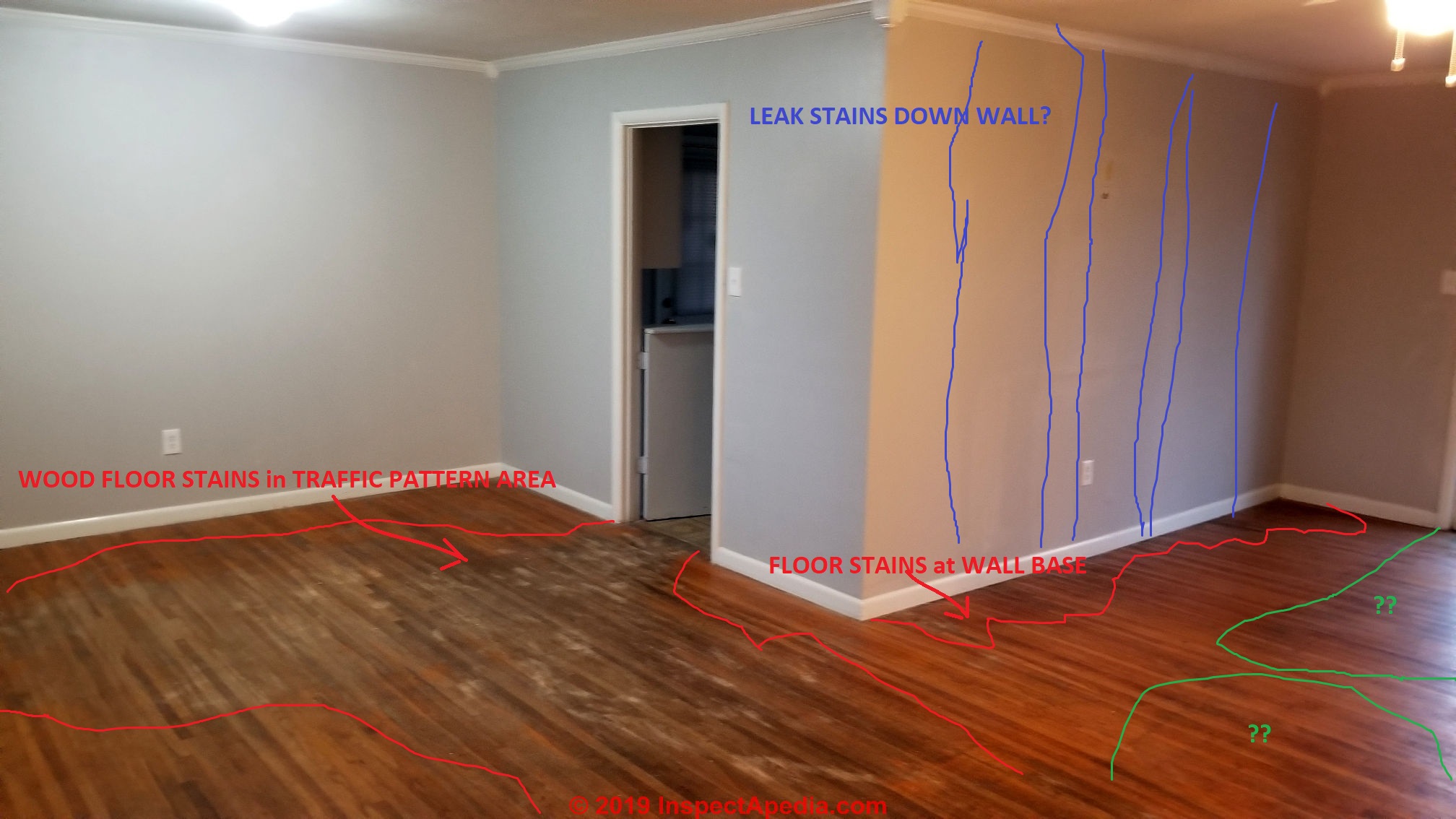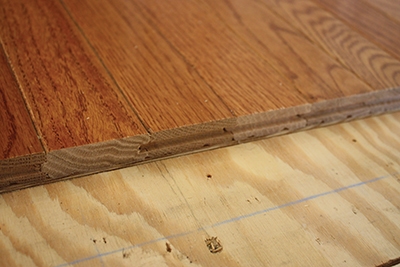Mike take a 4 x 4 or 6 x 6 post and notch the top to accept 2 2 x 8 s on either side of this post and bolt or nail these together.
Edges of wood breaking off on 100 year old floor.
Finishes enhance the bad as much as the good.
Thin or cracked edges of flooring boards is an indication that the floor has been oversanded.
The history of wood flooring begins in colonial america when the first floors were wide thick planks cut from the continent s abundant old growth forests.
Trending top discussions.
Rehaping 100 year old hard wood floors.
However usually high rh is the culprit.
Wide plank floors are almost always more than 100 years old.
Refinishing 100 year old wood floors.
Support the floor in the middle of the long portion of the crack.
At times i ve been able to recoat a slightly worn floor without sanding off all the old finish.
But when a floor has lots of wear and deep scratches it s best to sand down the floor to bare wood and refinish it.
Duffy floors proudly serving the boston area since 1927.
The tops of the grooves have worn thin and will break if you sand them again.
Chris president of frank h.
This is when the edges of a board are higher than its center due to moisture which causes the wood to expand.
Paint can easily fill up your sanding pad which can add more cost and time to the project.
As the wood expands compression can result as the boards are crushed together deforming the boards at the edges.
Shows a patching job at a beach cottage that is.
Call 781 395 3418 for a free wood floor estimate.
Mark the ends of the fractured area then measure 11 4 further and mark this measurement across the width of the board f.
One floor had multiple coats and i had to sand down the edges using a grinder with a 40 grit pad.
This can be a big pain and very.
Further most trees that are used for wood floors today are fast growing and fast to be cut down.
100 year old house floor joist cracks.
You should end up with what looks like a capital t for support.
Many species of trees don t grow for as long as they would have historically before they are cut down.
Next use a router and or a sharp chisel to carefully pare away wood within the scribed lines to the depth of the original groove g.
Debris in the finish.
Work slowly checking the depth every few passes.










